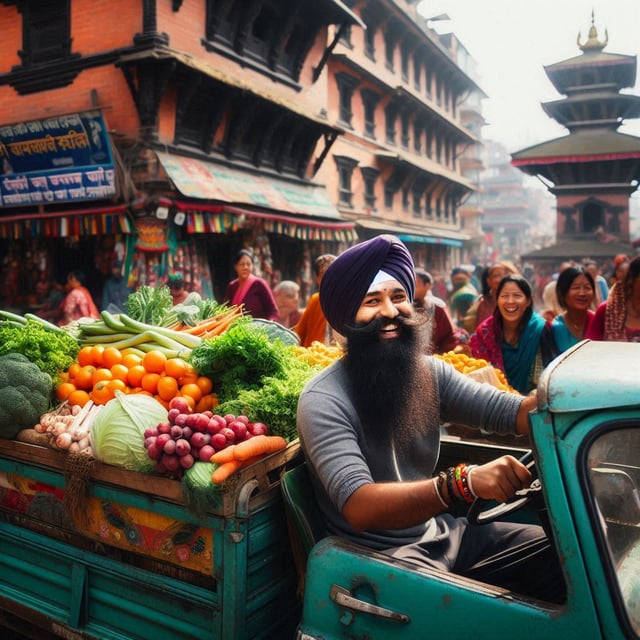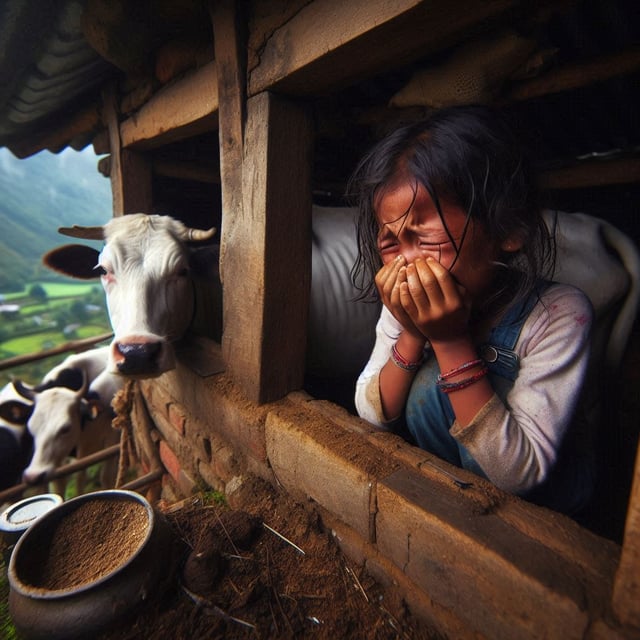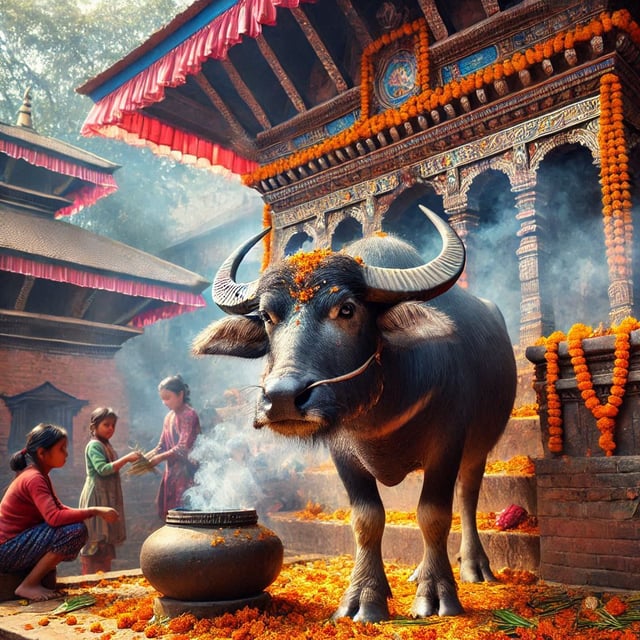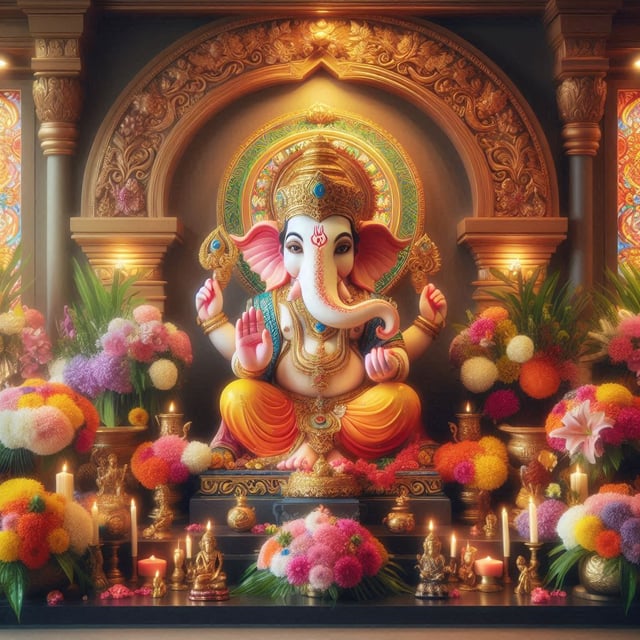Part I: The struggles of the Dalit community

‘Dalit’ term, means oppressed, and is a historically marginalized community known as the “untouchables”.
Rig Veda (10.90.12) the earliest Hindu text discusses Purusha assumed to be a metaphor for consciousness which elaborates that the Purusha's mouth becomes the highest caste; Brahmins, his arms; the upper/middle caste Rajanya (Kshetriya) emerged, from his thighs; the lower middle caste Vaisya emerged, and from his feet came the lowest caste Shudra (Dalit).
These have remained controversial topics and some believers of Vedas like Arya Samaj are against the presence of casteism as per their interpretation of religious doctrine.
There are also claims that Dalits are even lower than Shudra as they do not belong to the Varnashram system. The struggle against caste-based discrimination is older than the written history which has remained prevalent at least since the time of Buddha.
The discussion should emphasize social issues rather than religious dimensions and emphasize issues within Nepal but outside Kathmandu Valley as the Valley’s social hierarchy and structure are very complex.
This is a hot topic even in Nepal and the earliest Dalit caste Kami, Damai, and Sarki were first mentioned in Khas Malla (present-day western Nepal, Kumoan, and Garhwal) inscriptions in the 13th and 14th centuries and were further clarified in Muluki Ain of 1854.
The Dalit community being vulnerable, suffers immensely. Authorities do not investigate criminal incidents, sexual assaults, and murders properly, and defendants are not prosecuted accordingly.
One known case was of Bikamati Roka Chettri who eloped but suffered domestic abuse at the hands of the groom who was a Dalit. She remained helpless as the groom’s family rejected her, simultaneously her parents didn’t even allow them to enter her maternal house. Her parents argued that she had become impure by marrying a Dalit. The Dalit man later married a different woman and divorced her in the presence of a local representative.
There are cases of Krishna Bahadur BK being demanded a fine of Rs. 5,000 by priests Chattra Bahadur Budathoki and Bhim Bahadur Budathoki for entering Shera Kali Temple, who had entered the temple to perform a puja ceremony/ offering.
Similarly, Tekendra Sunar was beaten by the Ward Chairman of Triveni Municipality-7, Juddha Ayadi for entering Nateshwar Temple. On the grounds that the “impure” can not enter the temple.
There are also cases such as in Ramdhuni Municipality, where a Dalit woman was beaten by a group of other Dalit women accusing her of witchcraft and black magic. These are problems that illiteracy in the Dalit communities suffer creating further violence in the country.
Sundar Harijan a person sentenced for mobile phone theft had his identity swapped due to the negligence of the prison administration, the Dalit man committed suicide inside the prison.
The present-day story of the Dalits only shows the dark side of the community which is a heart-breaking tragic reality. However, there are also promising and positive stories of overcoming struggle and reuniting in activism which will be discussed in Part II.
Note: The image is a mixed work created by Kripendra Amatya
Sources of Original Photos:
https://www.needpix.com/photo/1805374/poor-kid-la-poverty-child-people-homeless-india-girl
https://www.lookandlearn.com/history-images/YW045437VER/A-pandit-holding-prayer-beads
https://www.flickr.com/photos/un_photo/7021971361
Author
Kripendra Amatya, Researcher, Nepa~laya Productions
Editor
Dana Moyal Kolevzon, Director of International Relations, Nepa~laya Productions
Published Date
January 1, 1970



